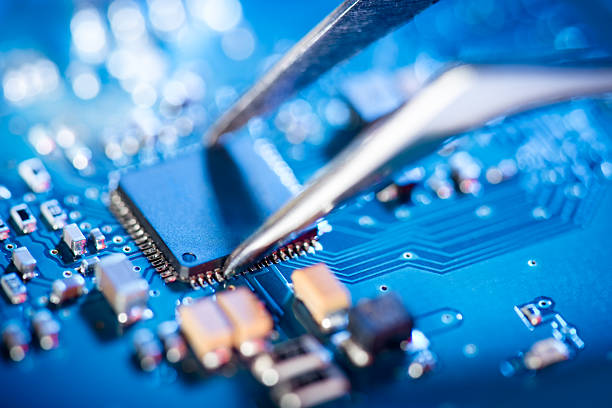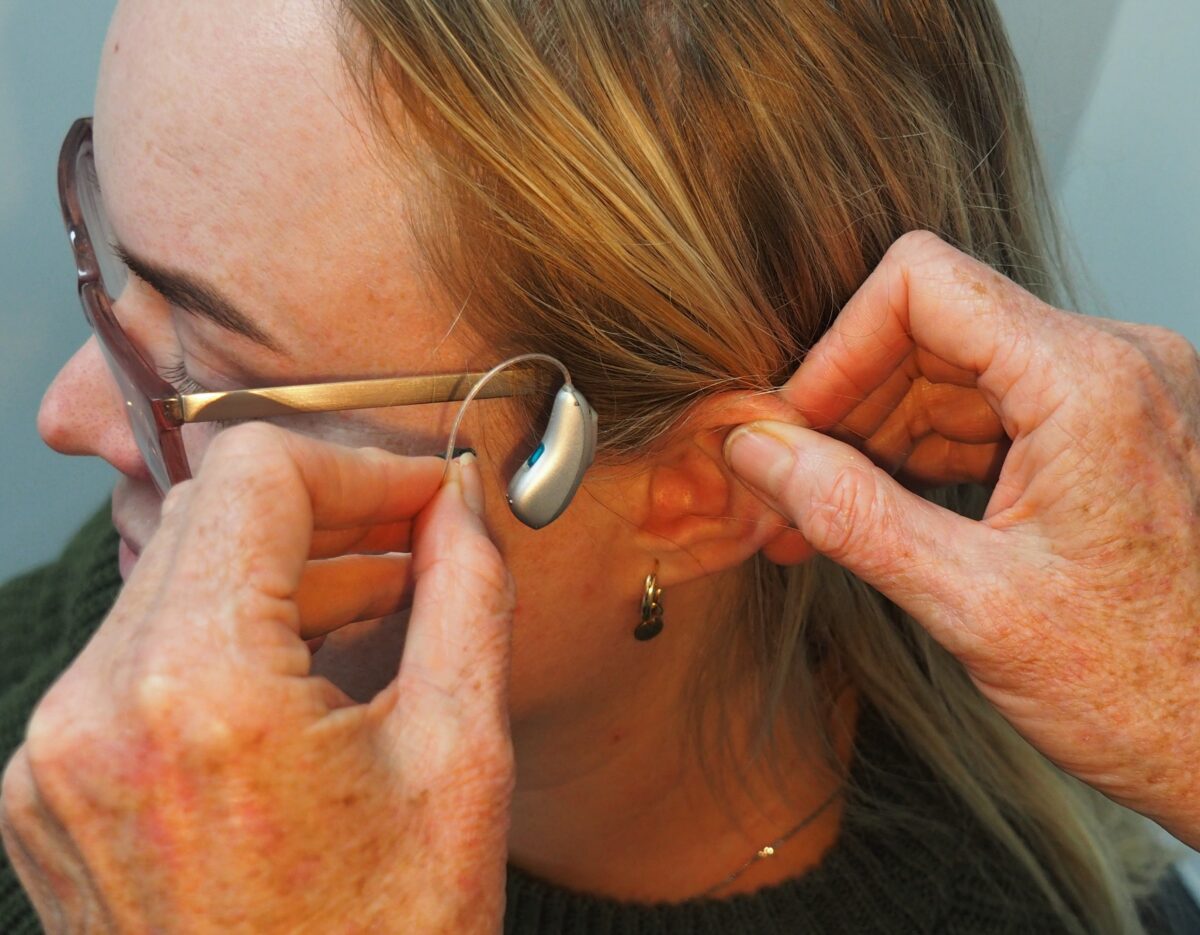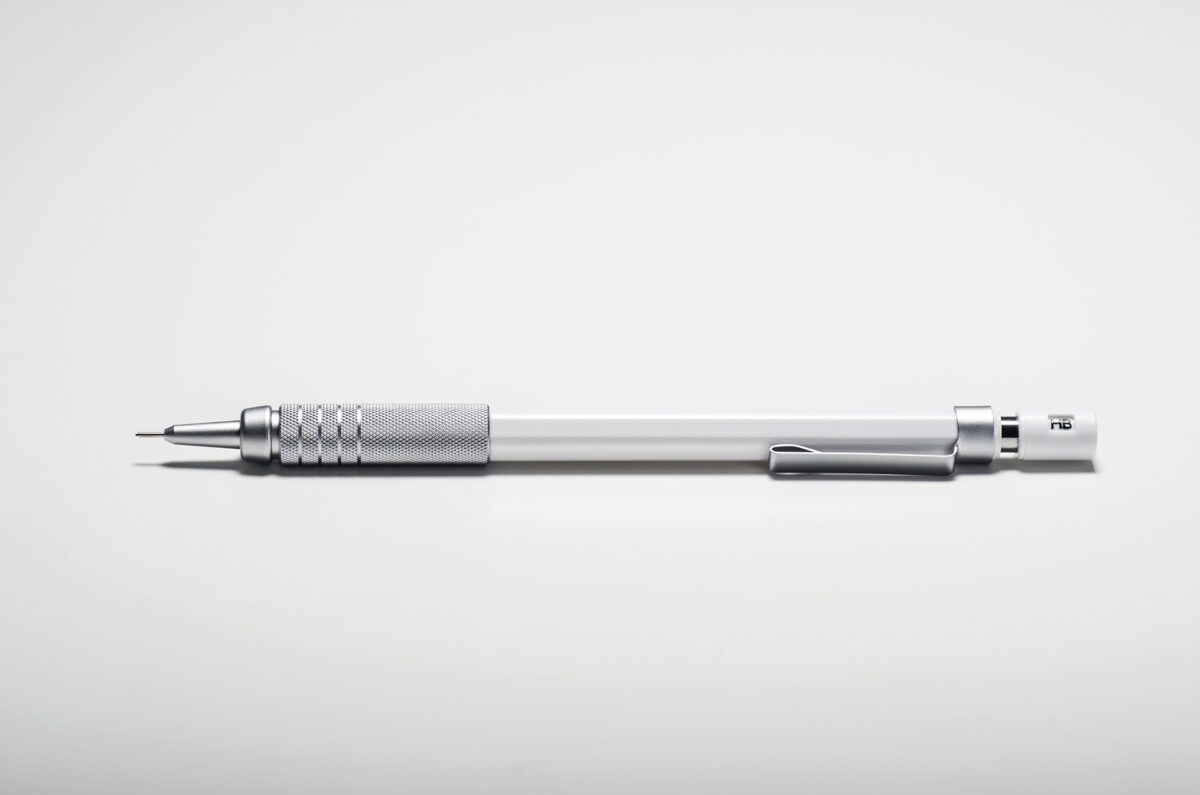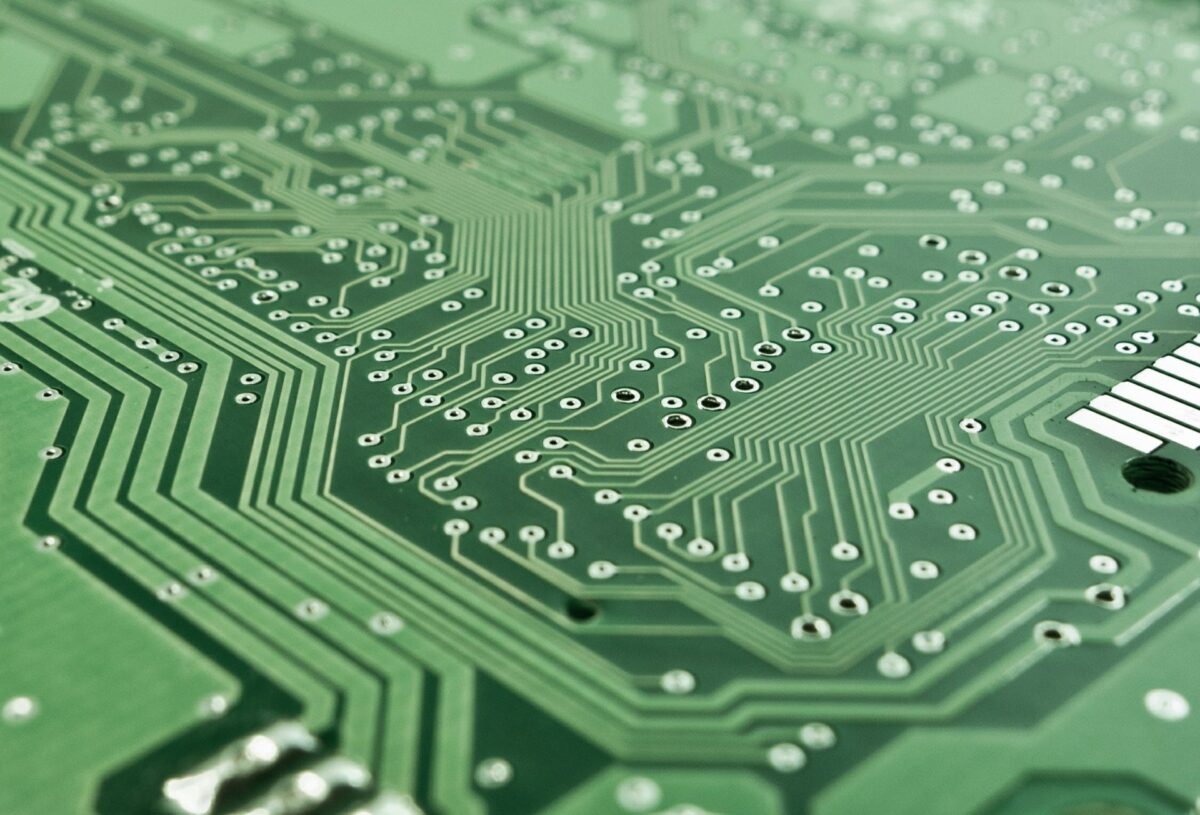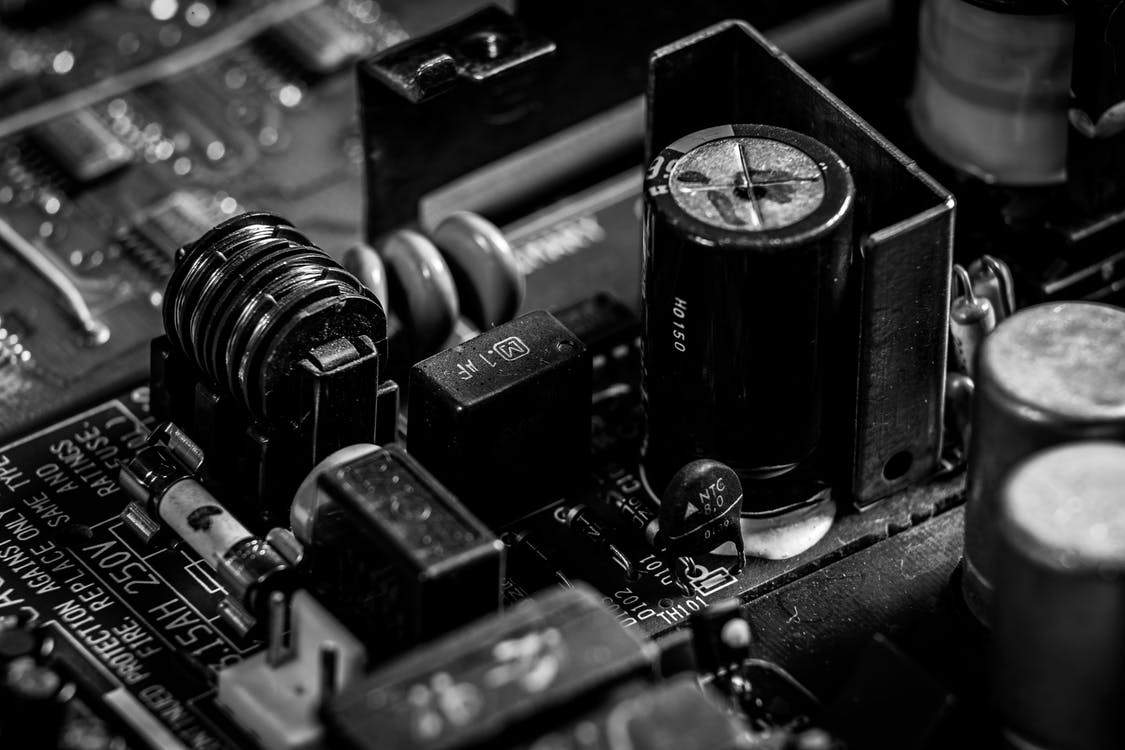RoHS, REACH, and dangerous substance legislation
RoHS and REACH are two pieces of legislation referring to the control of dangerous substances and chemicals. Companies manufacturing and distributing electronic equipment in Europe must comply to be able to trade.
RoHS
The Restriction of Hazardous Substances (RoHS) Directive came into force in 2004. With an aim to mitigate the effect of dangerous substances on customers, the Directive restricts the concentration of 10 substances used in Electrical and Electronic Equipment (EEE).
Acceptable levels of restricted substances in a single material are generally less than 0.1% or 1000 parts per million (ppm). For the chemical Cadmium, however, levels must be no more than 0.01% or 100ppm.
Companies must provide proof that they comply with the regulations by way of documentation. This includes a Declaration of Conformity, a record of the assessment procedure for conformity, and any other control documentation.
Since its release in ’04, there have been 3 iterations, with the latest being introduced in July of 2019. RoHS 3.0 introduces 11 new category products and four new substances.
The materials listed include products that could be harmful to not only human health, but the environment too. As such, non-compliance carries with it the potential for a heavy fine.
RoHS certification takes place in several steps:
- Extraction testing of the components takes place to determine the value of the RoHS substances contained.
- On-site manufacturing processes are inspected to ensure RoHS compliance at the facility.
- Review all relevant documentation, including the BOM (Bill of Materials), assembly drawings, and test reports from suppliers.
- Following this, if all is in order a RoHS Certificate of Compliance is issued.
REACH
REACH stands for the Registration, Evaluation, Authorisation and Restriction of Chemicals. It was introduced a few years on from RoHS, in 2006.
The scope of REACH is more inclusive than RoHS. It encompasses almost all products manufactured, imported, or sold in the EU or UK.
REACH revolves more around Substances of Very High Concern (SVCH), which includes those considered carcinogenic, mutagenic or toxic for reproduction.
Manufacturers and importers need to register the quantities of substances produced every year. Companies need to safely manage and publicise the risks associated with the substances. They’re also responsible for tracking and managing which substances are being used, and produce safety guidelines for each.
Recent changes
Due to events like Brexit in the UK, RoHS and REACH regulations became transplanted into UK law. Since many substances are imported between mainland Europe and the UK, the legislation in both remained very similar.
As part of the European Union (Withdrawal) Act 2018, REACH was copied into UK legislation, becoming UK REACH in 2021. Although the difference is seemingly in name alone, the two REACHs operate separately, and manufacturers need to comply with both.
REACH for the stars!
Cyclops can supply products that are RoHS and REACH compliant and can provide this information to our customers. This means Cyclops customers can guarantee if they want RoHS compliant parts, they will receive them. So contact Cyclops Electronics today!
This blog post is designed to be informative and is in no way offering advice or guidance on how to interpret legislation.


